Archives
- 2025-11
- 2025-10
- 2025-09
- 2025-03
- 2025-02
- 2025-01
- 2024-12
- 2024-11
- 2024-10
- 2024-09
- 2024-08
- 2024-07
- 2024-06
- 2024-05
- 2024-04
- 2024-03
- 2024-02
- 2024-01
- 2023-12
- 2023-11
- 2023-10
- 2023-09
- 2023-08
- 2023-07
- 2023-06
- 2023-05
- 2023-04
- 2023-03
- 2023-02
- 2023-01
- 2022-12
- 2022-11
- 2022-10
- 2022-09
- 2022-08
- 2022-07
- 2022-06
- 2022-05
- 2022-04
- 2022-03
- 2022-02
- 2022-01
- 2021-12
- 2021-11
- 2021-10
- 2021-09
- 2021-08
- 2021-07
- 2021-06
- 2021-05
- 2021-04
- 2021-03
- 2021-02
- 2021-01
- 2020-12
- 2020-11
- 2020-10
- 2020-09
- 2020-08
- 2020-07
- 2020-06
- 2020-05
- 2020-04
- 2020-03
- 2020-02
- 2020-01
- 2019-12
- 2019-11
- 2019-10
- 2019-09
- 2019-08
- 2019-07
- 2019-06
- 2019-05
- 2019-04
- 2018-11
- 2018-10
- 2018-07
-
Co is an essential element for life in
2024-12-23

Co is an essential element for life in minute amounts [5]. The human adult contains about 1.1mg Co with the daily requirement of 0.1μg/day. Co is a component of vitamin B12. Co induces erythropoietin and blocks iodine uptake by the thyroid, controls the transfer of enzymes like homocysteine methyltr
-
Lidocaine synthesis As an internal control this study valida
2024-12-23
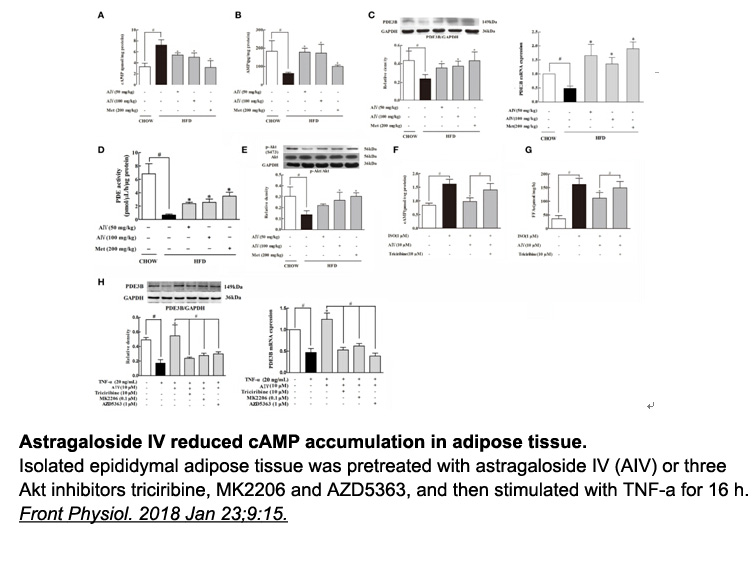
As an internal control, this study validated many of the known associations between GATA3 and predictive markers. GATA3 was shown to be associated with ER and PR, which are both well-known correlations. GATA3 was also negatively correlated with nuclear grade, which is consistent with our knowledge o
-
br Results br Discussion By using an unbiased proteomic
2024-12-21
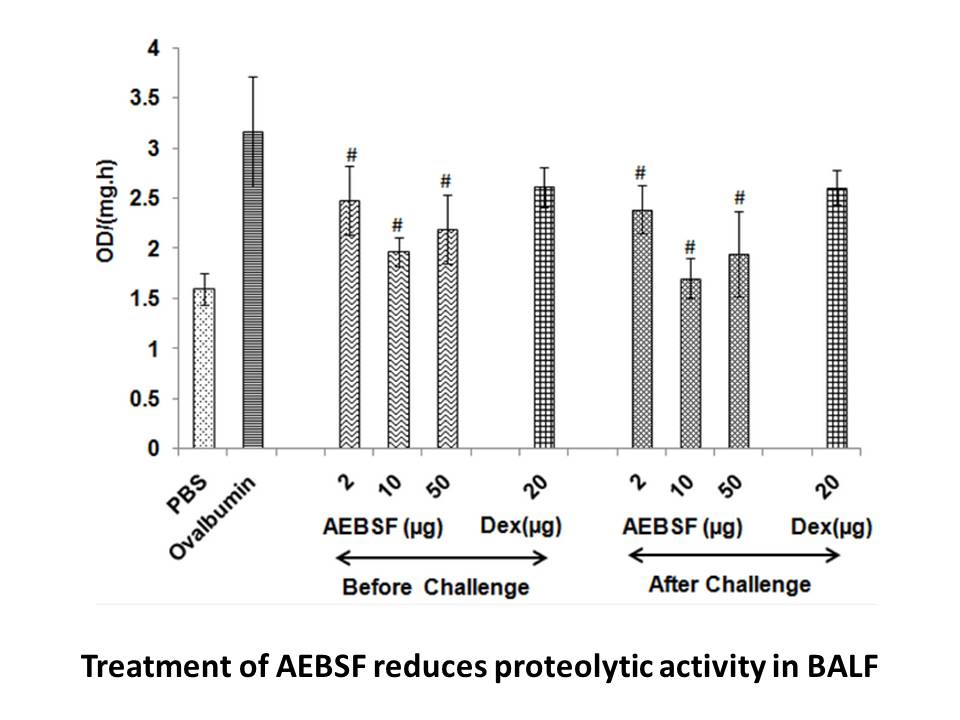
Results Discussion By using an unbiased proteomic screen for xCT binding partners, followed by functional validation, we have made the surprising discovery that mTORC2 regulates amino Conoidin A australia metabolism in tumor cells by phosphorylating serine 26 of the cystine-glutamate antiport
-
br Disclosure br Acknowledgments br Introduction Deeper unde
2024-12-21

Disclosure Acknowledgments Introduction Deeper understanding of the pathobiology of non-small cell lung cancer (NSCLC) has led to the development of small VEGFR Tyrosine Kinase Inhibitor II that target genetic mutations known to play critical roles in the progression to metastatic disease.
-
To date defining the prognostic impact of
2024-12-21
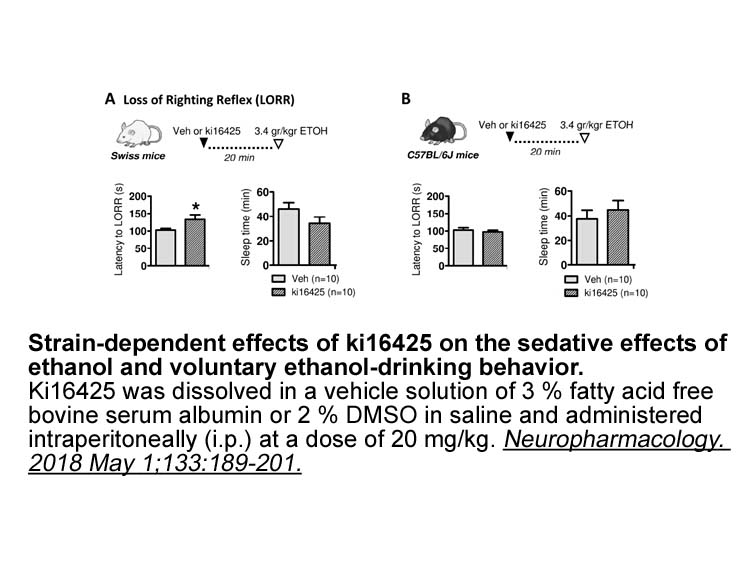
To date, defining the prognostic impact of molecular drivers of early-stage NSCLC has been challenging due to the relative rarity of these subsets and the redefinition of comparator arms over time as understanding of the molecular drivers of NSCLC evolved. Indeed, use of molecularly heterogeneous co
-
5(S),6(R)-7-trihydroxymethyl Heptanoate br Conclusion br Con
2024-12-21
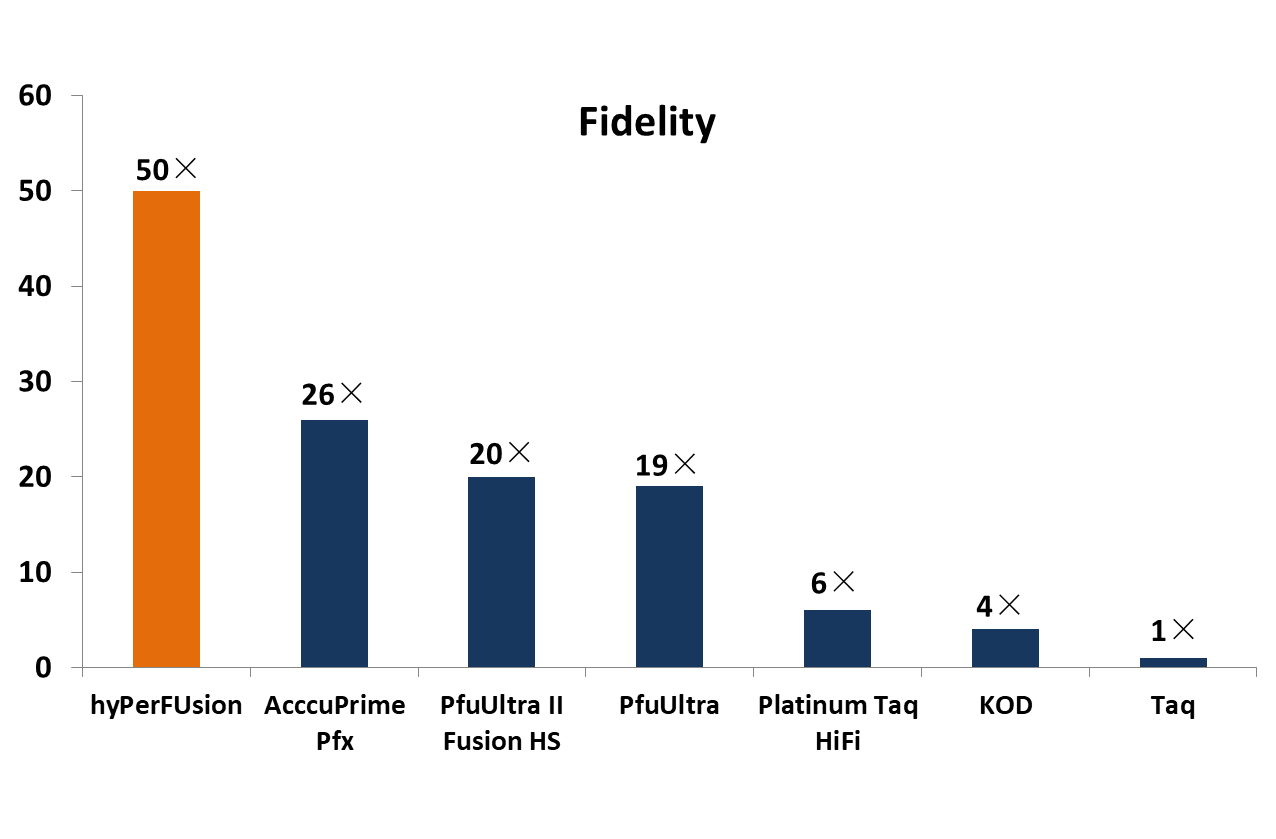
Conclusion Conflict of interest Acknowledgements Introduction Human salivary aldehyde dehydrogenase (hsALDH) (E.C. 1.2.1.5) is the first line of defence against toxic aldehydes in the oral cavity. HsALDH is primarily a dimeric, class 3 ALDH (ALDH3A1) specific for aromatic and long/medium
-
br Impact of global AHR
2024-12-21
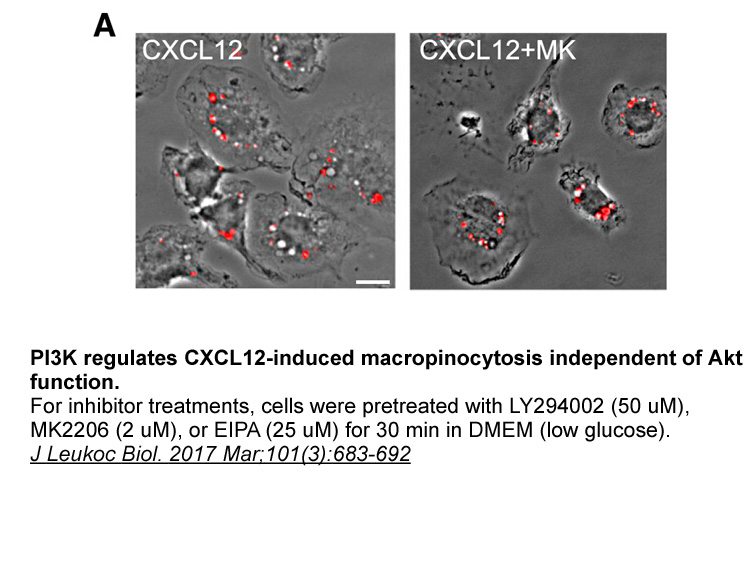
Impact of global AHR deficiency on diet-induced obesity Two subsequent studies in which AHR function was affected at the whole animal level corroborated the role of AHR in dietary obesity. Xu et al. [14] showed that on a high-fat diet, both AHR-deficient Ahr−/− and hemizygous Ahr+/− mice gained s
-
LY83583 To validate the identified phosphorylation sites in
2024-12-21
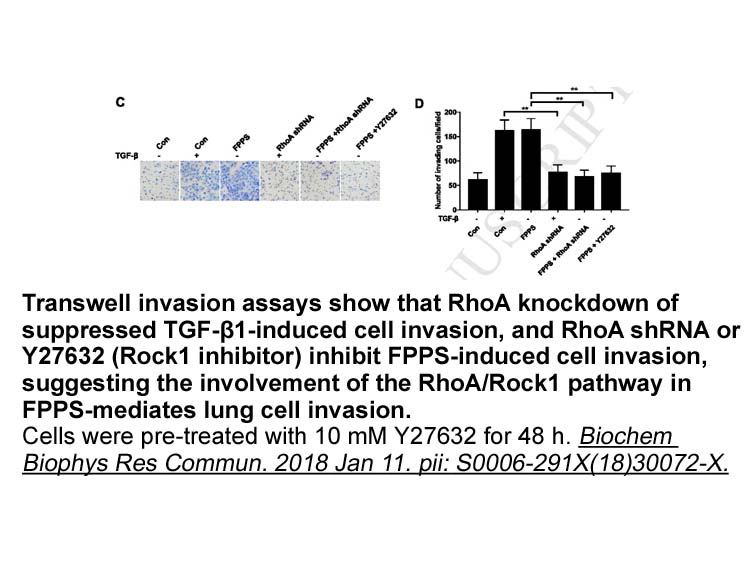
To validate the identified phosphorylation sites in the mouse heart, we analyzed HEK 293T LY83583 transfected with Adrb1 based on the hypothesis that protein residues phosphorylated both in vivo and in vitro are more likely to be physiologically relevant. All of the phosphorylation sites identified
-
The present in vitro pharmacological experiments revealed th
2024-12-21
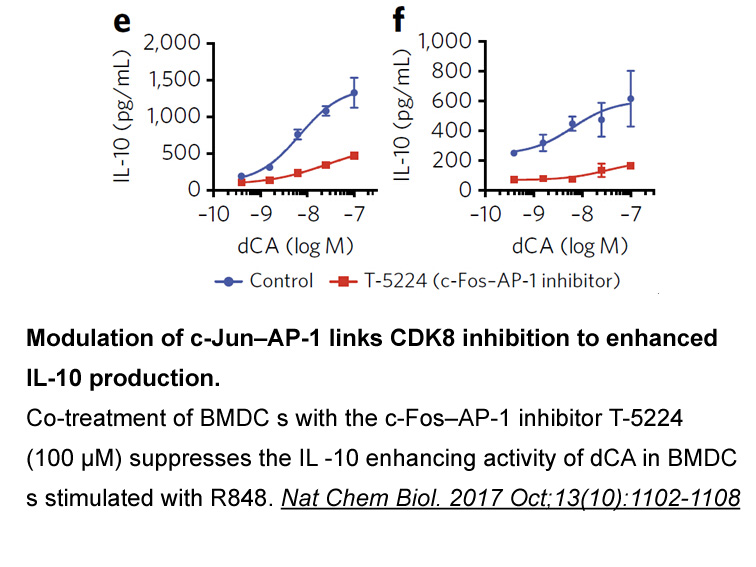
The present in vitro pharmacological experiments revealed that the cholinergic up-regulation of VEGF expression in neurons and astrocytes was mainly mediated by nicotinic AChR and muscarinic AChR, respectively. In addition, neuronal VEGF expression was elevated by endogenous ACh in a manner that was
-
tetrandrine receptor As mentioned above variation of the
2024-12-21
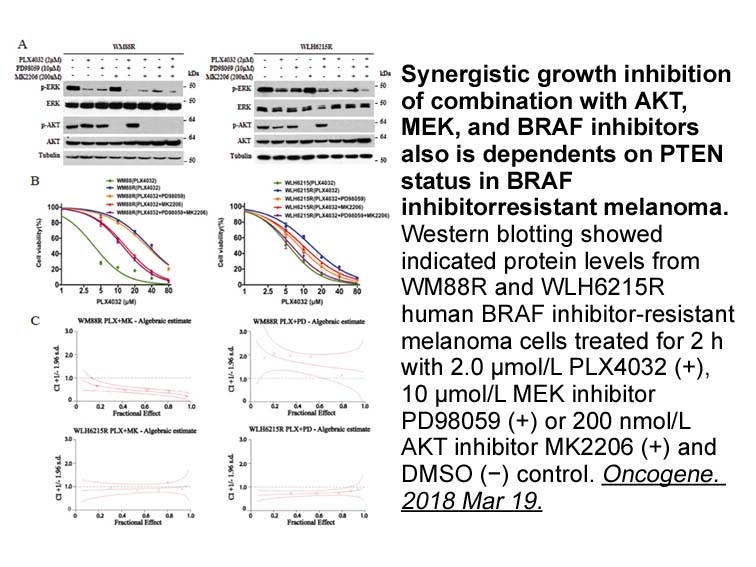
As mentioned above, variation of the A-ring was undertaken in order to improve microsomal stability and kinase selectivity relative to tetrandrine receptor (). 1-Imidazole-2-carboxamides with substitution at the 4-position (–) were mostly tolerated with 4-cyano-imidazole-2-carboxamide () having com
-
For these reasons the role played by autophagy in environmen
2024-12-21
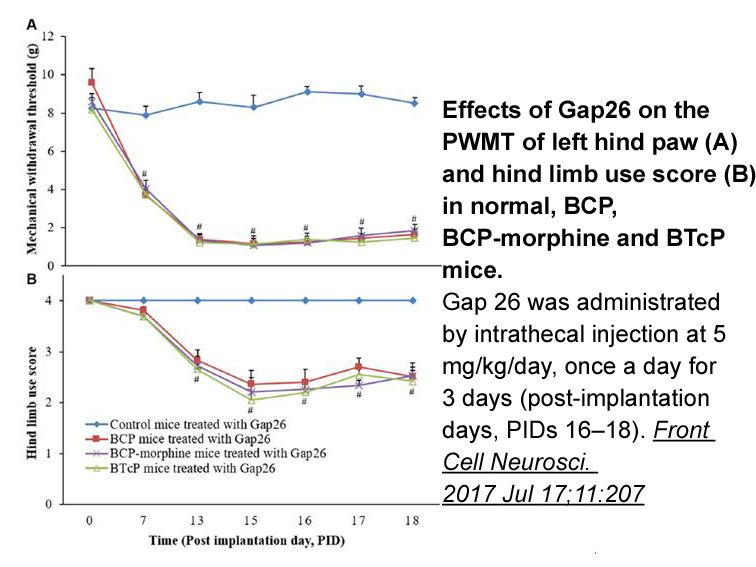
For these reasons, the role played by autophagy in environmental neurotoxicity is not always easily determinable. Indeed, although the neuroprotective role of autophagy has been shown by several studies, sometimes induction of autophagy was associate with deleterious effects (Glick et al., 2010, Sri
-
In order to further explore whether
2024-12-20
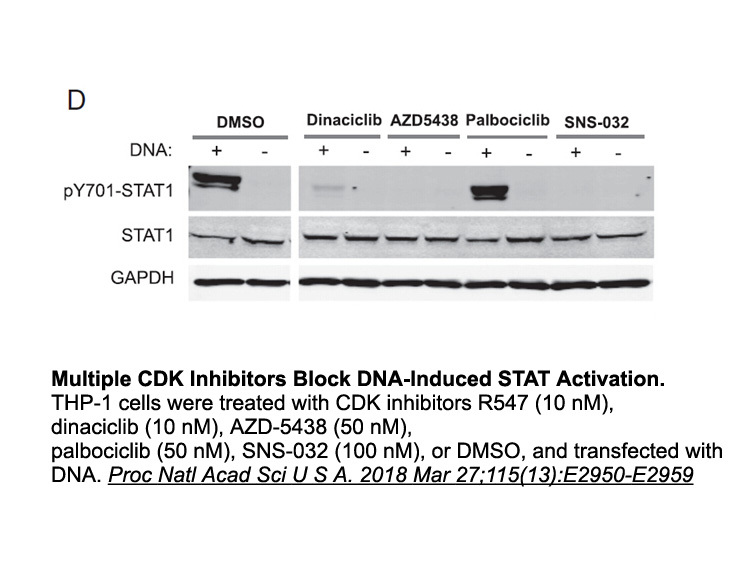
In order to further explore whether the cytoprotective effect of isogarcinol against oxidative stress in H2O2-induced HepG2 Phosphatase Inhibitor Cocktail 1 (100X in DMSO) is a consequence of the breakdown of the endogenous antioxidant defence mechanism, we measured the LDH release, MDA levels, GSH
-
Since primitive societies plants herbs and seeds
2024-12-20

Since primitive societies, plants, herbs and seeds, rich in phytochemicals, were used due to their benefits in human health. These molecules were shown to present a diverse array of action mechanisms, including antioxidant activity, enzyme stimulation, hormones mimicking and by interfering with DNA
-
Thus far a tight coupling has been observed
2024-12-20
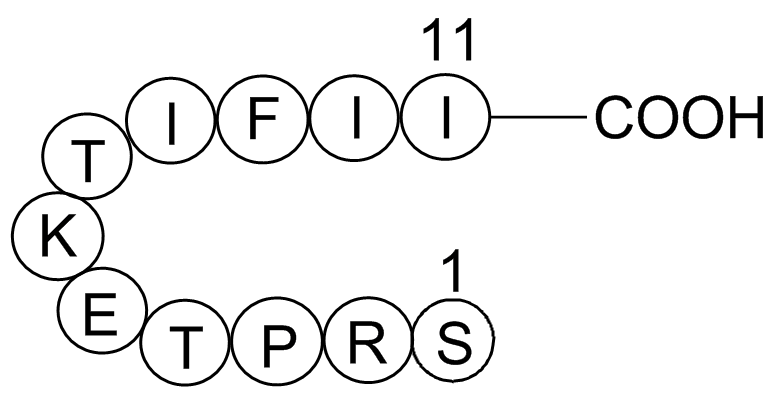
Thus far, a tight coupling has been observed between mAbs that target aggregated Aβ and the occurrence of ARIA. If ARIA-E is caused by increased trafficking to and clearance of fibrillar Aβ from cerebral vessels (20), mAbs could be designed with conformationally specific epitopes selective for solub
-
br Acknowledgement This work was
2024-12-20
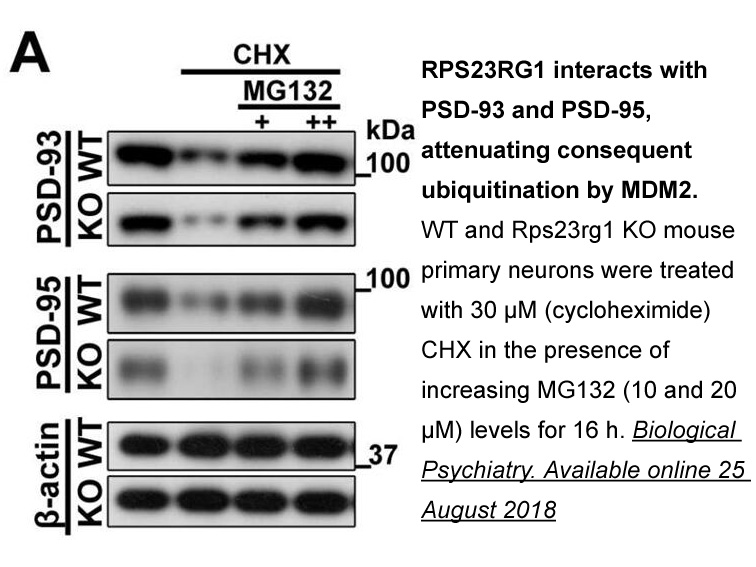
Acknowledgement This work was supported by grants from the American Heart Association Scientist Development Grant (SDG) to A. Elmarakby and 1R01EY023315-01 award to M. Al-Shabrawey. Introduction Inflammatory response is the result of a complex interaction between immune Salicylic acid and se
16284 records 36/1086 page Previous Next First page 上5页 3637383940 下5页 Last page